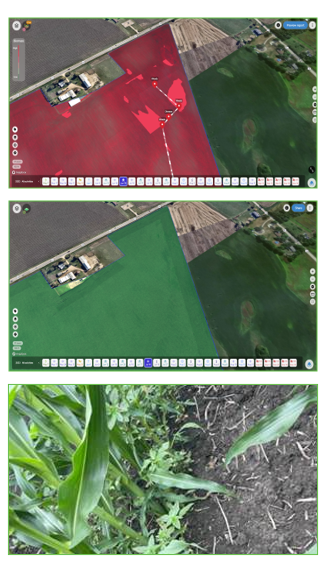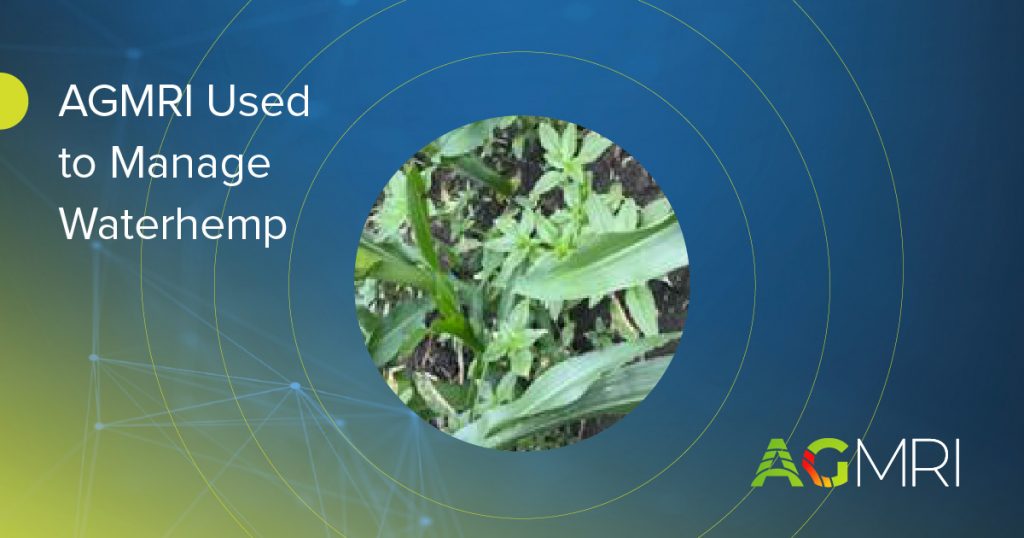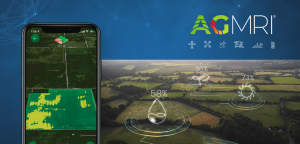Background
In Northern Illinois, several growers encountered weed alerts in their fields following post-herbicide applications during the growing season. These alerts were triggered at 842 growing degree units (GDU) around the V8 growth stage, and the growers were using Halex GT.
Challenge
The challenge arose when scouting revealed that waterhemp was surviving the post-herbicide treatment. Failure to address this issue could have led to significant yield loss across multiple corn fields for various growers.
Uncertainty prevailed regarding whether the weeds were regrowing due to slow canopy closure, residual herbicide failure, or other factors, especially considering the drought conditions in 2023. Growers in the area were concerned with reduced yields.
 Solution
Solution
Timely AGMRI weed alerts pinpointed the presence of surviving waterhemp. After ground truthing, you could see that while other weeds were dead or dying, the waterhemp remained unphased. Armed with this knowledge, the grower decided to switch to a different herbicide to effectively control the waterhemp. Additionally, they proactively modified their post-herbicide programs to improve their weed control.
Results
The results have been remarkable. Improved yields due to more effective weed control and reduced long-term weed management costs all contributed to a positive return on investment. Moreover, by preventing the waterhemp from going to seed, the issue of creating a weed seed bank was successfully mitigated. With plans to use the more effective herbicide from the start, weed escapes are expected to be minimized, ensuring higher productivity and profitability for the growers in the years to come. Not everyone has issues with waterhemp, but AGMRI is helping retailers and growers find issues.














